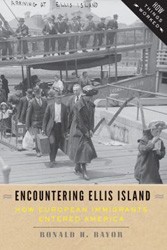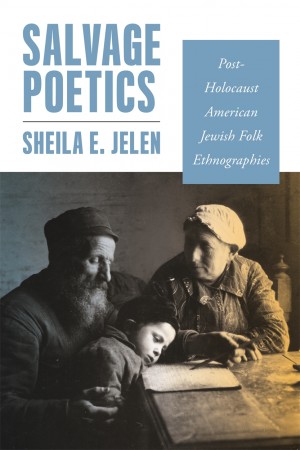Scholarship on the American Jewish community has traditionally assumed that Europe was the dominant source of its culture and institutions. This one-way process meant that American Jew modified European ideas and practices in light of American values.
This volume represents an important shift in the paradigm of American Jewish life, a turn to a transnational conceptualization, where the direction of influence is more complex. This process has two key features. First, American Judaism had a diverse set of influences, not just European. Second, the unidirectional model overlooks the transmission of ideas and institutions from America to Europe.
The first several articles in this collection remind the reader that even before the 23 refugees from Recife landed in New York, there was a rich Jewish life throughout the Caribbean. In a reprinted article entitled “The Myth of Europe in America’s Judaism,” Susannah Heschel traces the early practices of the first Sephardic immigrants to their experiences as Marranos. They worshipped in private– the first synagogue was not built on the American continent until the 1730’s” (p. 32) – and had learned to negotiate with unjust authority, which equipped them to challenge Peter Stuyvesant’s efforts to expel them and, according to Eli Faber’s article on their quest for civic equality, negotiate ways to obtain full citizenship rights during the colonial period when it was circumscribed by British law.
A second wave of immigration led to a significant cultural and demographic shift, as the Jewish population was dominated by German speaking migrants from Western and Central Europe. This group increased the number of synagogues, mostly Reform, where German continued to be the dominant language until the 1870’s and 1880’s. As this community matured, a “Late 19th Century American Jewish Awakening,” according to Jonathan Sarna, led to the creation of an institutional infrastructure that promoted serious scholarship, publishing, newspapers, Rabbinic training, and national organizations of congregations.
Several articles point out that the process of acculturation was complex. The continued use of German as the language of most synagogues was finally challenged by a second wave of Reform Rabbis like Gerhard Deutsch who claimed that “If therefore the Jew wants to be considered a genuine American he has to speak English.” In a rethinking of an 1983 publication which categorized Orthodox Rabbinic leaders into accommodators and resisters, Jeffrey Gurock tackles a complex question and provides a more nuanced analysis, noting that some “resisters” responded to the enormous currents promoting acculturation by adapting and modifying some of their legal positions and congregational practices yet remaining true to their traditions.
Several interesting examples illustrate the two-way process of cultural influence. B’nai B’rith, the first major secular Jewish organization established in the U.S. (1843), set an important precedent in Jewish lifeby promoting a space for active participation in communal life that excluded formal religious practice. This unique and seminal organization was adopted in Berlin forty years later. A second article, “Exporting Yiddish Socialism: New York’s Role in the Russian-Jewish Workers’ Movement,” points out that in the context of serious censorship in Russia, the dissemination of Socialist and other radical ideas involved exporting Yiddish newspapers and pamphlets from New York and London to Austria-Hungary, Germany, and Switzerland and smuggling them into major centers of Jewish radicalism like Vilna and Minsk during the early 1890’s.
The editors of this volume are to be commended for collecting a diverse set of articles that challenge the reader to rethink conventional wisdom about Jewish life and culture, noting its diverse transnational sources and the two-way transmission of ideas and practices between Europe and America.
Related Reads:




